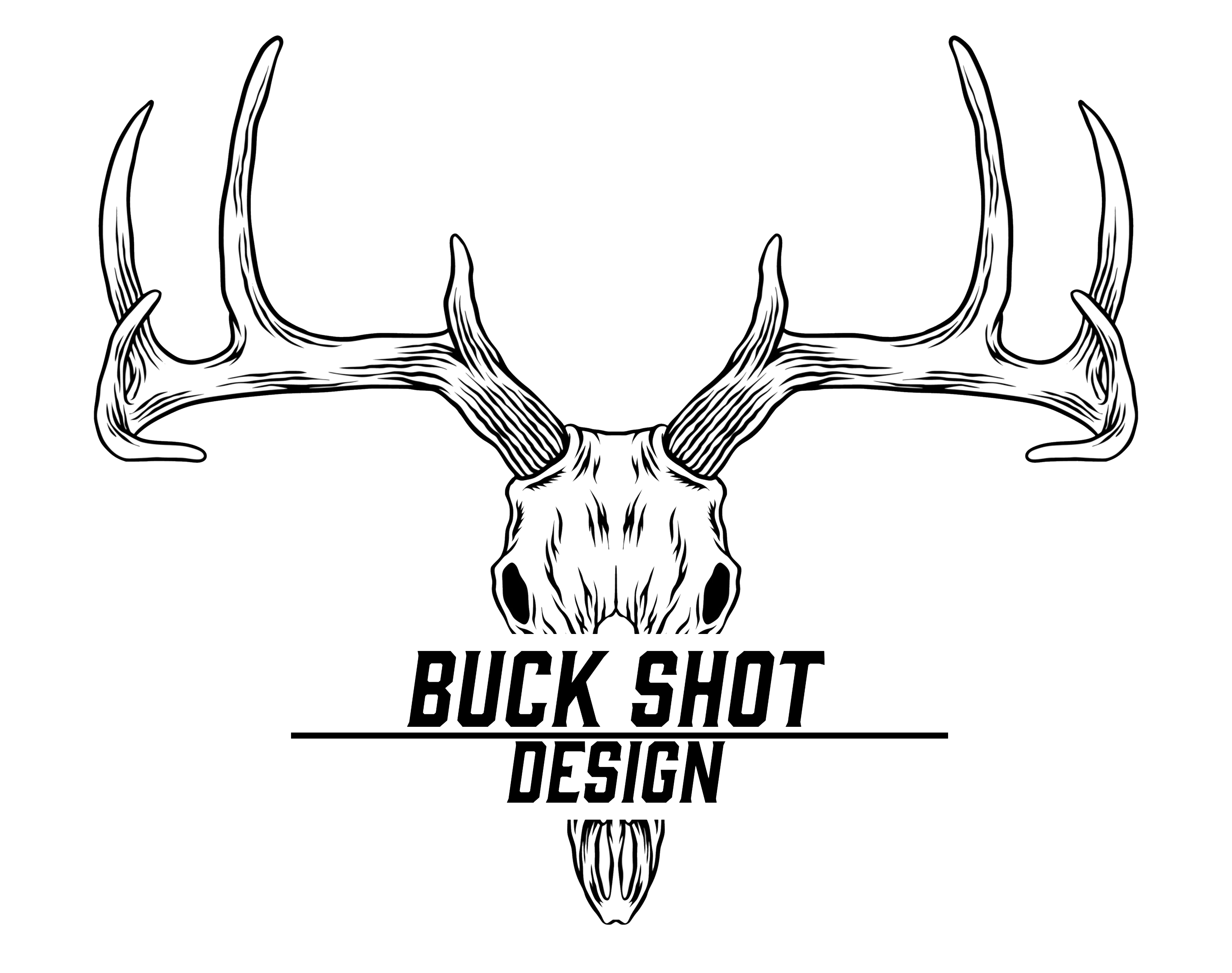Redesigning uniforms is part of the deal when branding a sports franchise. A complete redesign can transform a franchise into a brand new franchise, help increase merchandise sales, and get fans on board! A lousy redesign can be ridiculed, and fans can clamor for the good old days. The best-case scenario is to balance staying close to tradition and being aware of the contemporary market. Let’s take a look at, and level and review, some of the most awful and most notable redesigns of uniforms in the history of sports, as well as the reasons they were either a success or failure.
The Best Redesigns
Some redesigns have been incredibly effective, as part of the redesign has been adding bold and modern elements with a tip of the cap to the nostalgic tradition of a franchise. The formula? A streamlined color scheme, subtly stripped-down trimmings, and clever references to traditions of yesteryear.
A good example is the 2015 Milwaukee Bucks redesign. The team wore a darker, richer green and cream trim to pay homage to Wisconsin’s dairy heritage. The simplified front lettering and trim striping simplified the jerseys while still looking clean and elegant without being overly flashy.
The Dolphins also had a very successful rebrand in 2018. Gone was a gross amount of unnecessary navy trim as the team returned to its traditional teal-and-orange colors. The new dolphin logo simplified the uniform with a crisp retro look, making fans of all generations happy.
The 2018 redesign of the Denver Nuggets was also very impressive. The team took a second look at the 1980s rainbow skyline jerseys and rethought them for a modern audience. The bold colors and smoother design gave the jersey a familiar backdrop while conveying the feeling of being new like their vintage counterparts.
The Bad Redesigns
Some did not work very well, and some were atrocious. Either they did not have consistency in color, the font was ugly, or they strayed too far away from the team’s identity.
The Cleveland Browns 2015 redesign was a disaster. The giant “CLEVELAND” was too big, with too many orange accents everywhere, resulting in bulky and amateurish jerseys without any shine or contrast.
The Tampa Bay Buccaneers’ rebranding in 2014 was also a significant disaster. Its ugly, giant, calculator-like numerals resembled an alarm clock, and poorly combined pewter and red colors looked alike. They came from the staff leftovers. They did not like the look much, evidenced by Tampa returning to the old school in 2020.
The 2013 Jacksonville Jaguars redesign reeked of over-design. Even though the dual-tone helmet caught a lot of attention in an obvious way of going from black to gold, it was mocked and ridiculed by everybody. The jaguar-print arm sleeves were cartoonish. The disheveled, unrealistic aesthetic was swapped out in 2018 for a more muted, traditional design.
Redesigning uniforms is part of the deal when branding a sports franchise. A complete redesign can transform a franchise into a brand new franchise, help increase merchandise sales, and get fans on board! A lousy redesign can be ridiculed, and fans can clamor for the good old days. The best-case scenario is to balance staying close to tradition and being aware of the contemporary market. Let’s take a look at, and level and review, some of the most awful and most notable redesigns of uniforms in the history of sports, as well as the reasons they were either a success or failure.
The Best Redesigns
Some redesigns have been incredibly effective, as part of the redesign has been adding bold and modern elements with a tip of the cap to the nostalgic tradition of a franchise. The formula? A streamlined color scheme, subtly stripped-down trimmings, and clever references to traditions of yesteryear.
A good example is the 2015 Milwaukee Bucks redesign. The team wore a darker, richer green and cream trim to pay homage to Wisconsin’s dairy heritage. The simplified front lettering and trim striping simplified the jerseys while still looking clean and elegant without being overly flashy.
The Dolphins also had a very successful rebrand in 2018. Gone was a gross amount of unnecessary navy trim as the team returned to its traditional teal-and-orange colors. The new dolphin logo simplified the uniform with a crisp retro look, making fans of all generations happy.
The 2018 redesign of the Denver Nuggets was also very impressive. The team took a second look at the 1980s rainbow skyline jerseys and rethought them for a modern audience. The bold colors and smoother design gave the jersey a familiar backdrop while conveying the feeling of being new like their vintage counterparts.
The Bad Redesigns
Some did not work very well, and some were atrocious. Either they did not have consistency in color, the font was ugly, or they strayed too far away from the team’s identity.
The Cleveland Browns 2015 redesign was a disaster. The giant “CLEVELAND” was too big, with too many orange accents everywhere, resulting in bulky and amateurish jerseys without any shine or contrast.
The Tampa Bay Buccaneers’ rebranding in 2014 was also a significant disaster. Its ugly, giant, calculator-like numerals resembled an alarm clock, and poorly combined pewter and red colors looked alike. They came from the staff leftovers. They did not like the look much, evidenced by Tampa returning to the old school in 2020.
The 2013 Jacksonville Jaguars redesign reeked of over-design. Even though the dual-tone helmet caught a lot of attention in an obvious way of going from black to gold, it was mocked and ridiculed by everybody. The jaguar-print arm sleeves were cartoonish. The disheveled, unrealistic aesthetic was swapped out in 2018 for a more muted, traditional design.
